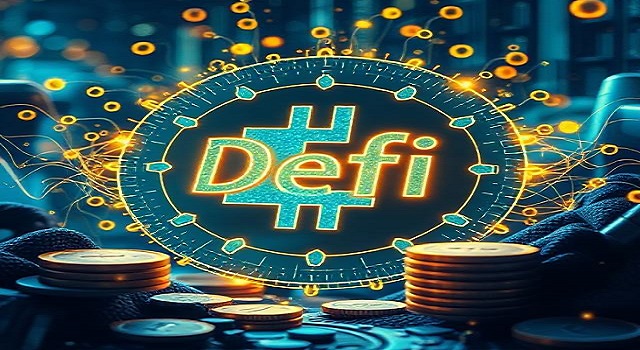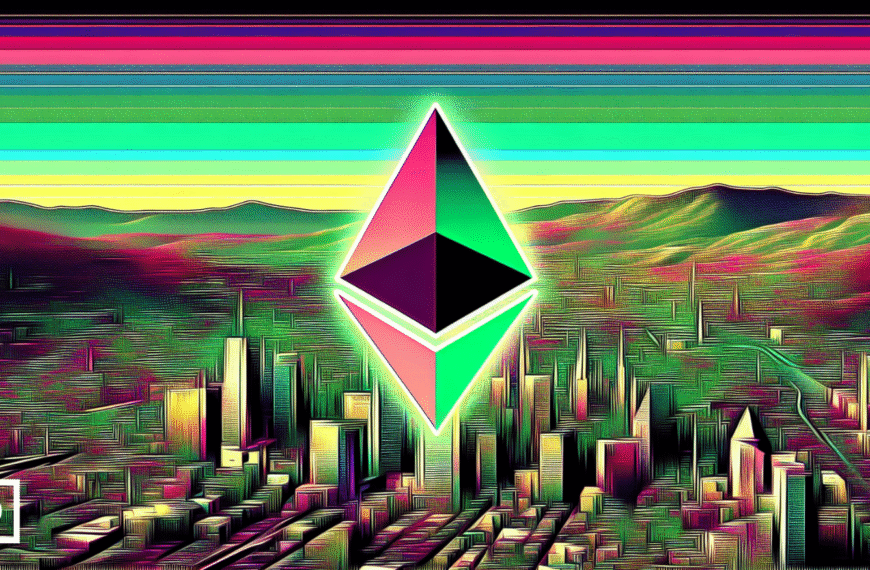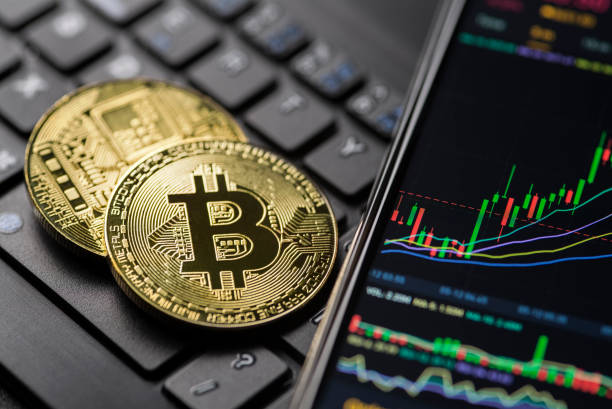In recent years, Decentralized Finance, or DeFi, has emerged as one of the most groundbreaking developments in the world of finance and technology. But what exactly is DeFi, and why is it generating so much buzz? In this blog post, we’ll break down the fundamentals of DeFi, how it works, and why it could reshape the future of financial services.
What is DeFi?
DeFi (Decentralized Finance) refers to a movement that uses blockchain technology and cryptocurrencies to recreate and improve upon traditional financial systems—such as lending, borrowing, trading, and investing—without relying on central intermediaries like banks or brokers.
Instead of being controlled by institutions, DeFi platforms operate using smart contracts—self-executing contracts with the terms directly written into code—on blockchain networks, most commonly Ethereum.
How is DeFi Different from Traditional Finance?
| Feature | Traditional Finance | Decentralized Finance |
|---|---|---|
| Control | Centralized (banks, governments) | Decentralized (smart contracts, DAOs) |
| Access | Often restricted (e.g., credit checks, location) | Open to anyone with an internet connection |
| Transparency | Limited | Fully transparent and auditable on the blockchain |
| Speed | Can be slow (days for settlements) | Near-instant transactions |
| Fees | Bank and intermediary fees | Lower or minimal fees |
Core Components of DeFi
Here are some of the key areas within the DeFi ecosystem:
1. Lending & Borrowing
Platforms like Aave and Compound allow users to lend their crypto and earn interest or borrow assets by putting up collateral—no bank required.
2. Decentralized Exchanges (DEXs)
DEXs such as Uniswap and SushiSwap let users trade crypto assets directly with each other, using liquidity pools instead of centralized order books.
3. Stablecoins
Cryptocurrencies like DAI and USDC aim to maintain a stable value, often pegged to the US dollar, making DeFi more practical for everyday use.
4. Yield Farming & Liquidity Mining
Users can earn rewards by providing liquidity to DeFi protocols. It’s a way to make your crypto work for you, but it comes with risks.
5. Insurance & Derivatives
Platforms like Nexus Mutual offer decentralized insurance, and others offer synthetic assets and derivatives to hedge or speculate.
Benefits of DeFi
- Open and Permissionless: No gatekeepers. Anyone can participate globally.
- Transparency: Code is open-source and data is publicly available on the blockchain.
- Interoperability: Many DeFi applications can work together like “money legos.”
- 24/7 Availability: No closing hours—DeFi runs on blockchain time.
Risks to Consider
While DeFi offers many opportunities, it’s important to be aware of the risks:
- Smart Contract Bugs: Flaws in code can be exploited.
- Volatility: Crypto assets can experience extreme price swings.
- Scams and Rug Pulls: Not every project is trustworthy—due diligence is crucial.
- Regulatory Uncertainty: Governments are still figuring out how to regulate DeFi.
The Future of DeFi
DeFi is still in its early stages, but it’s growing rapidly. As the technology matures and user experience improves, we may see DeFi integrate more closely with mainstream financial systems or even replace certain parts of them. Either way, it’s a space worth watching.
Conclusion
Decentralized Finance is not just a trend—it’s a shift in how we think about and access financial services. By removing intermediaries and embracing transparency, DeFi empowers individuals with more control over their assets and financial future.
Whether you’re a crypto enthusiast or just starting out, understanding DeFi is essential to navigating the next wave of financial innovation.






































